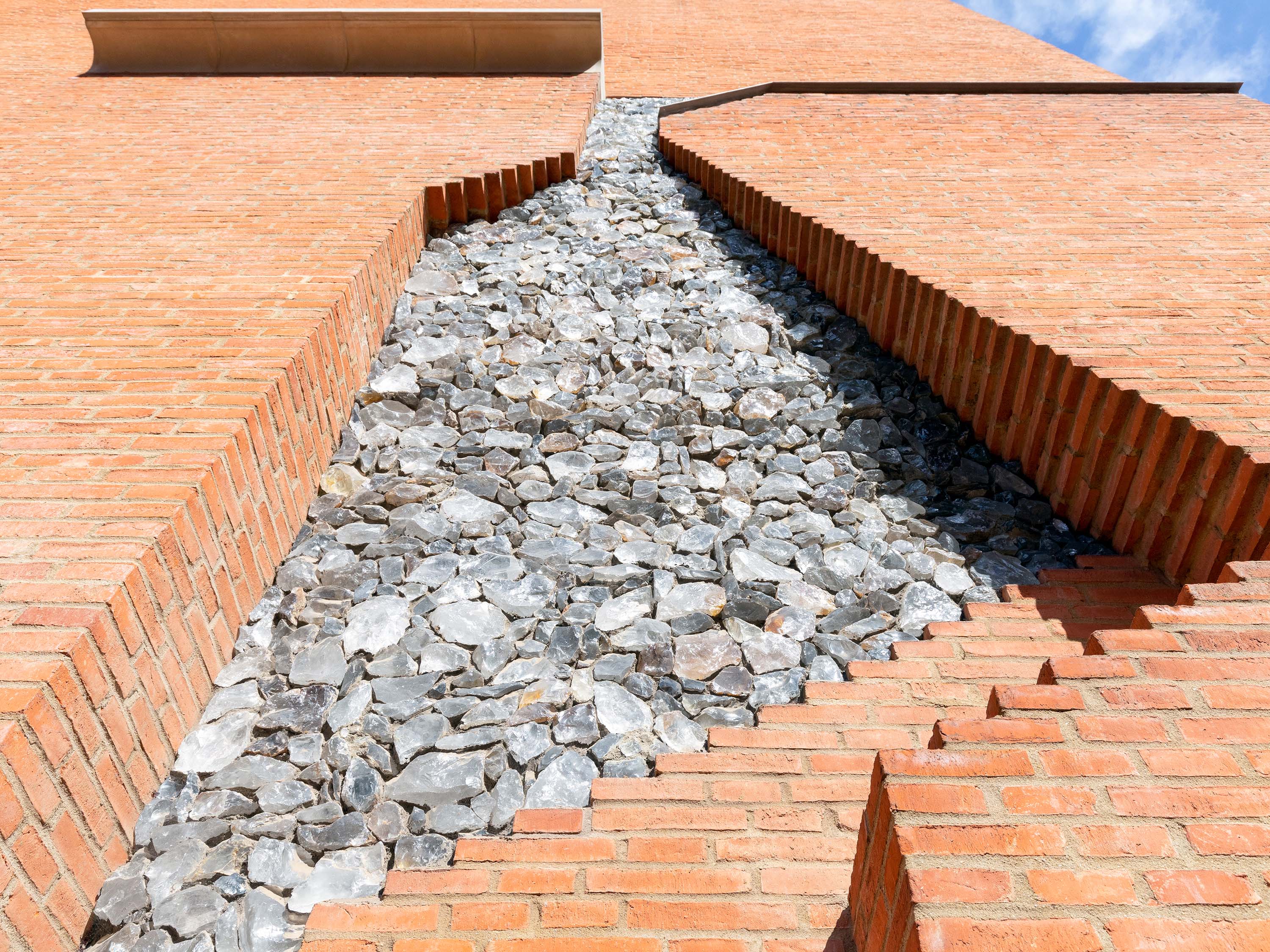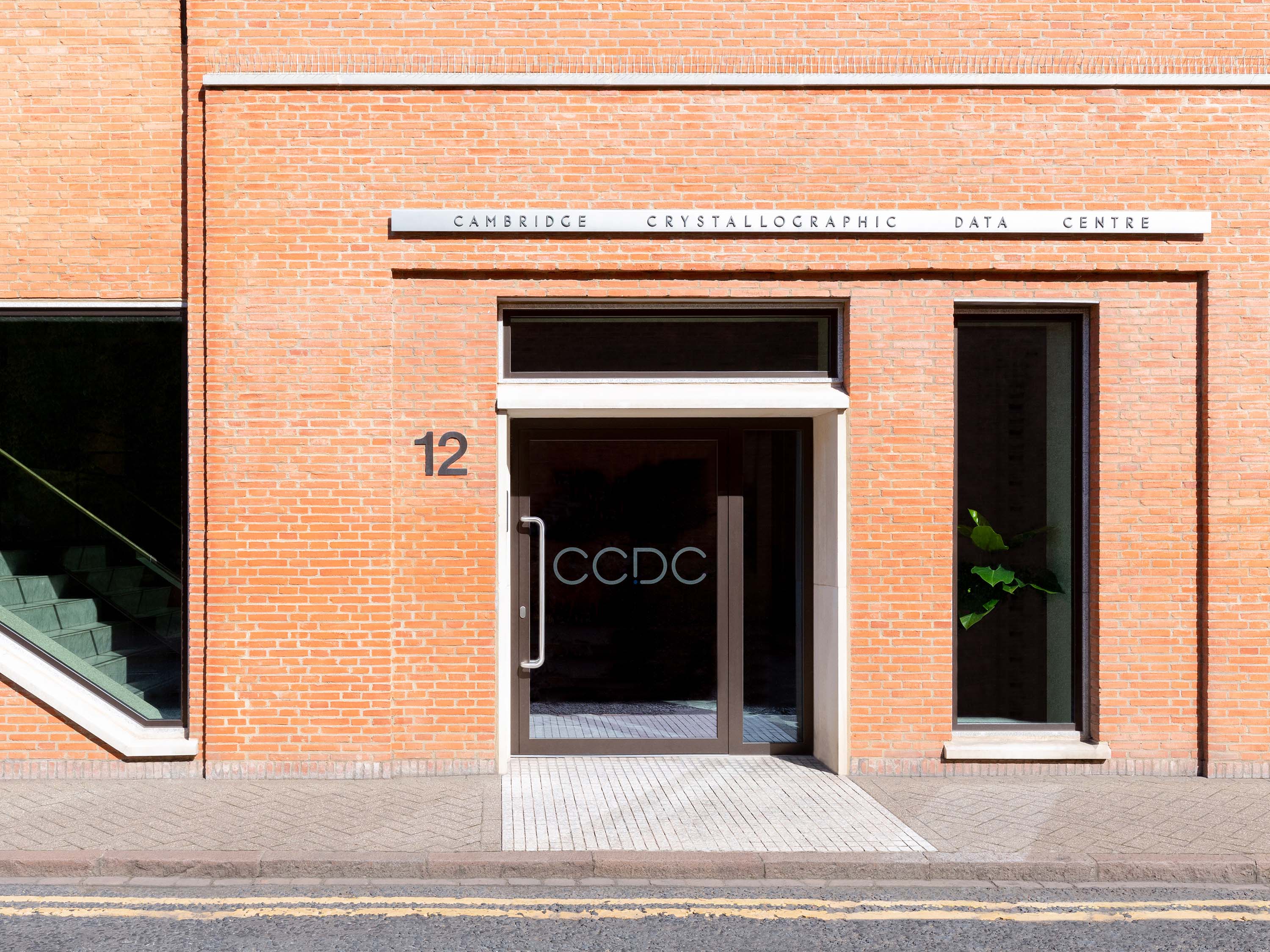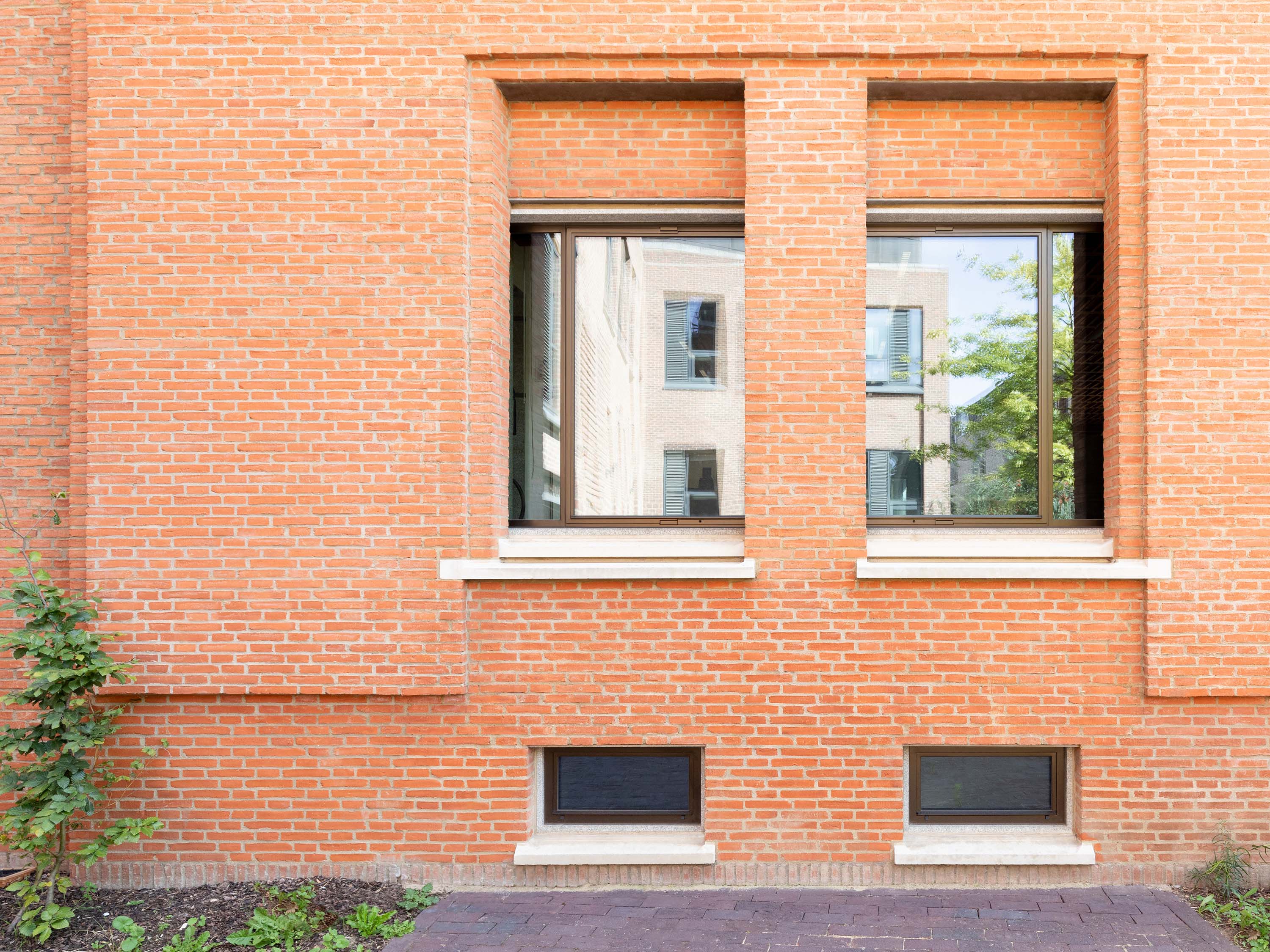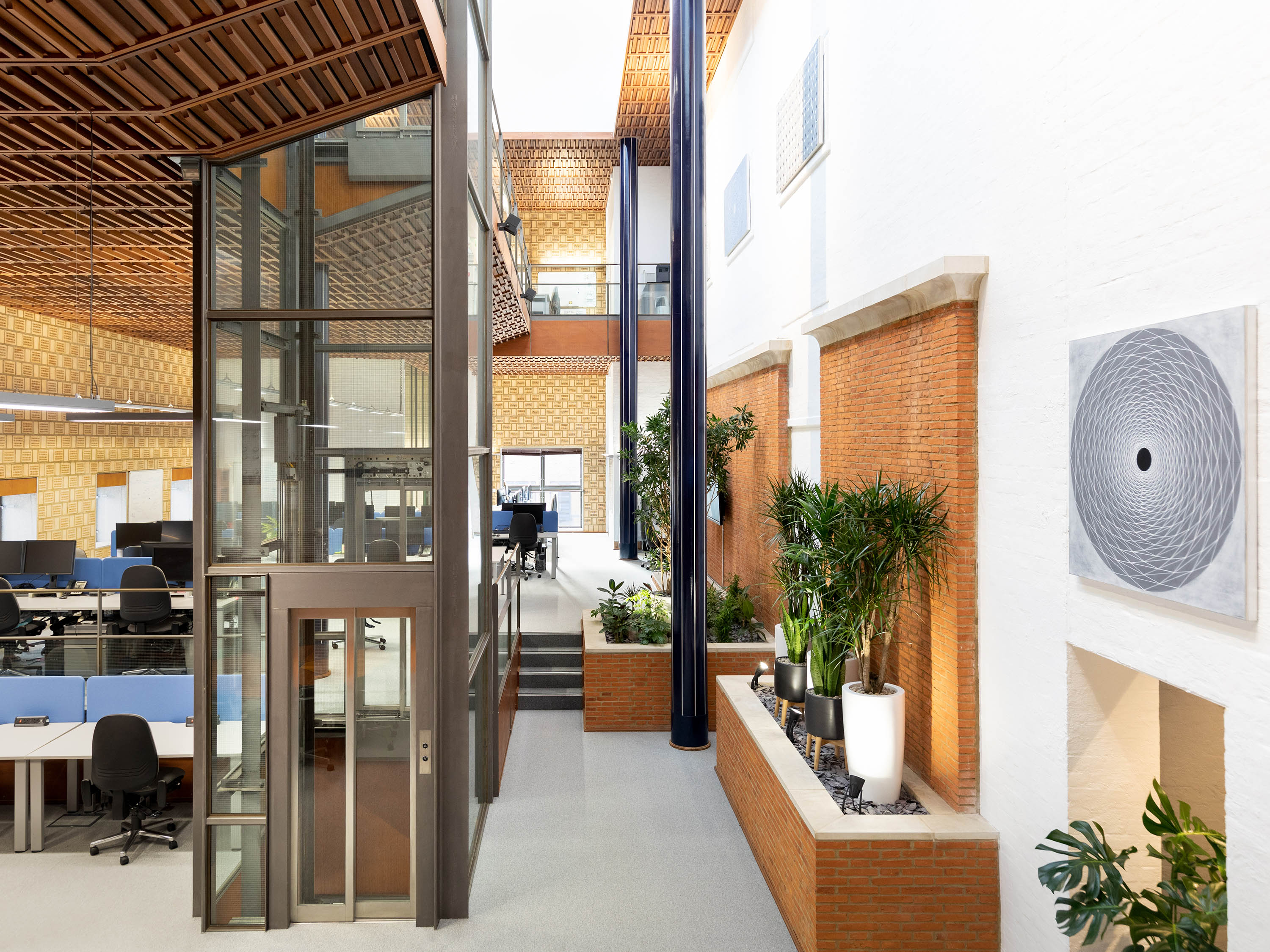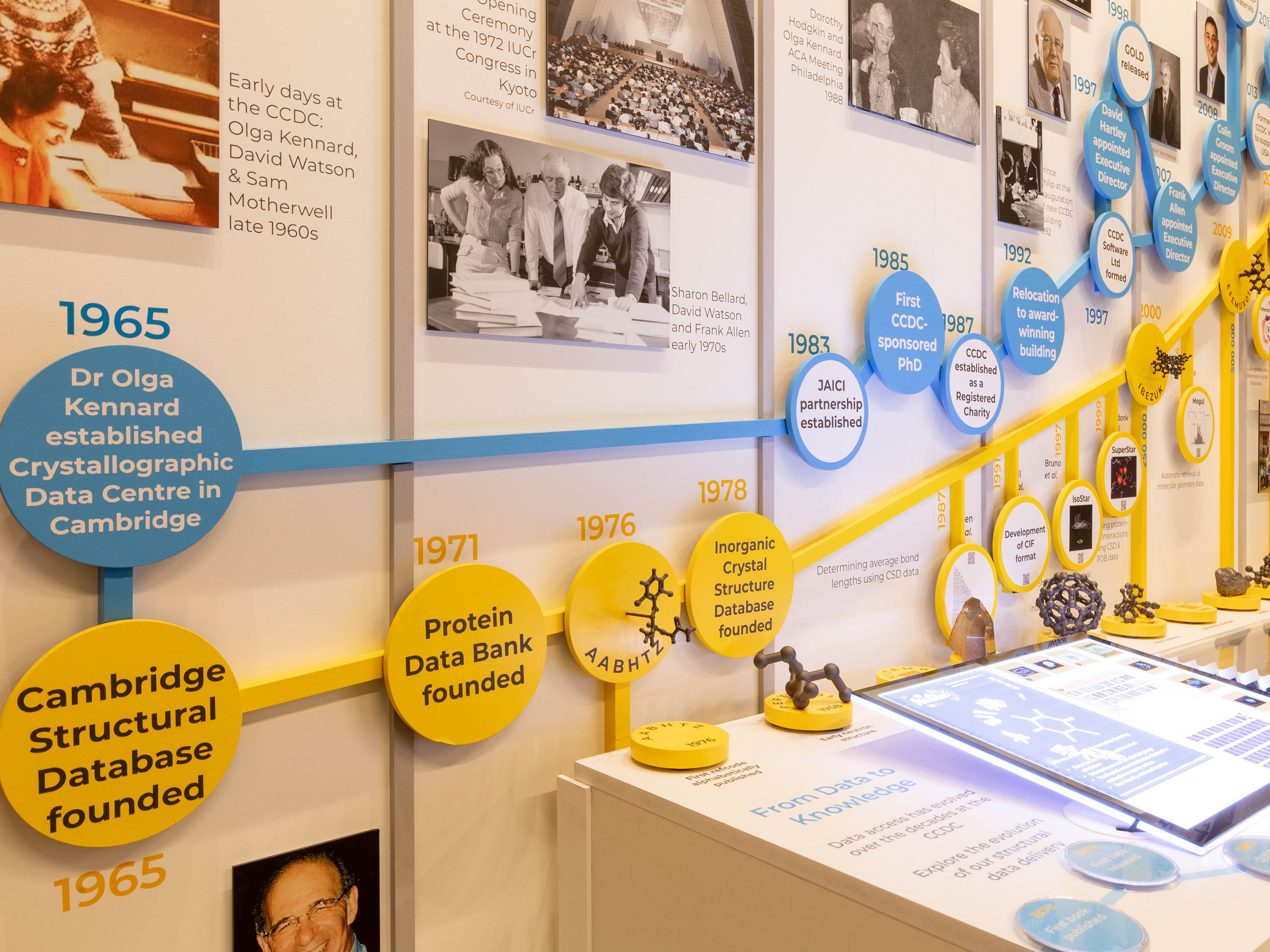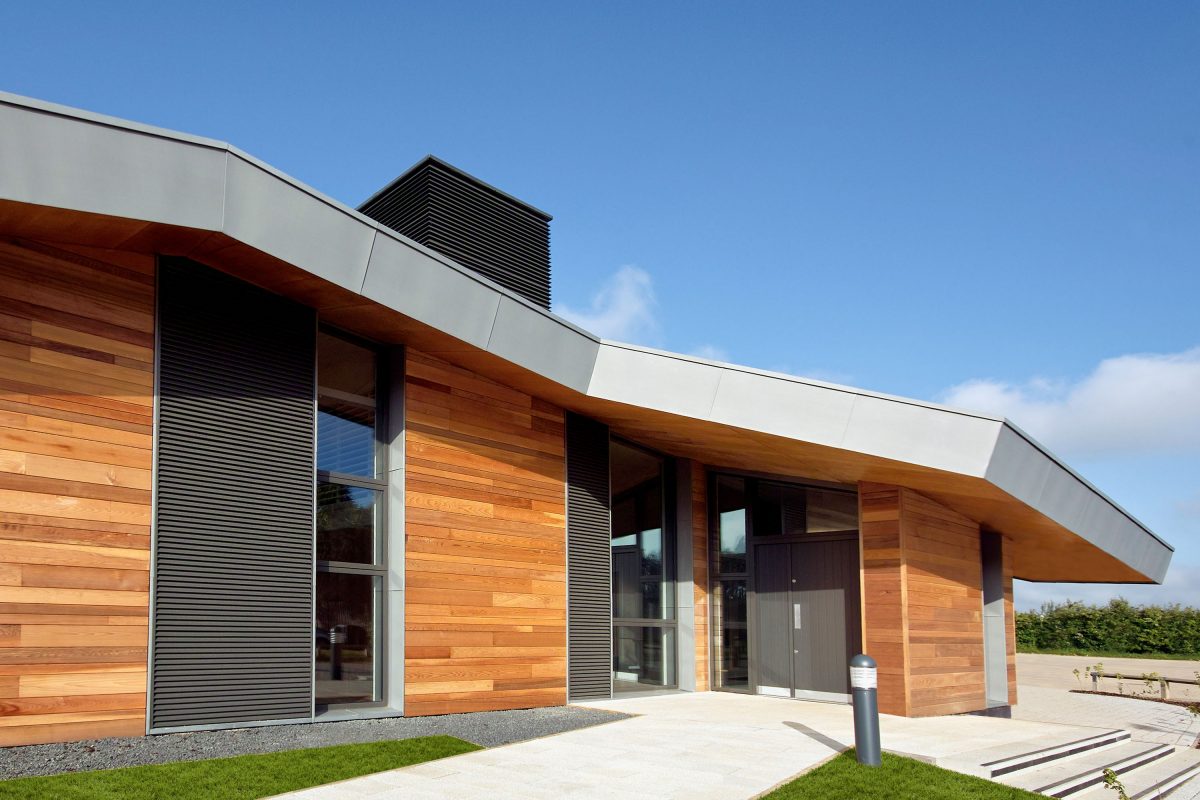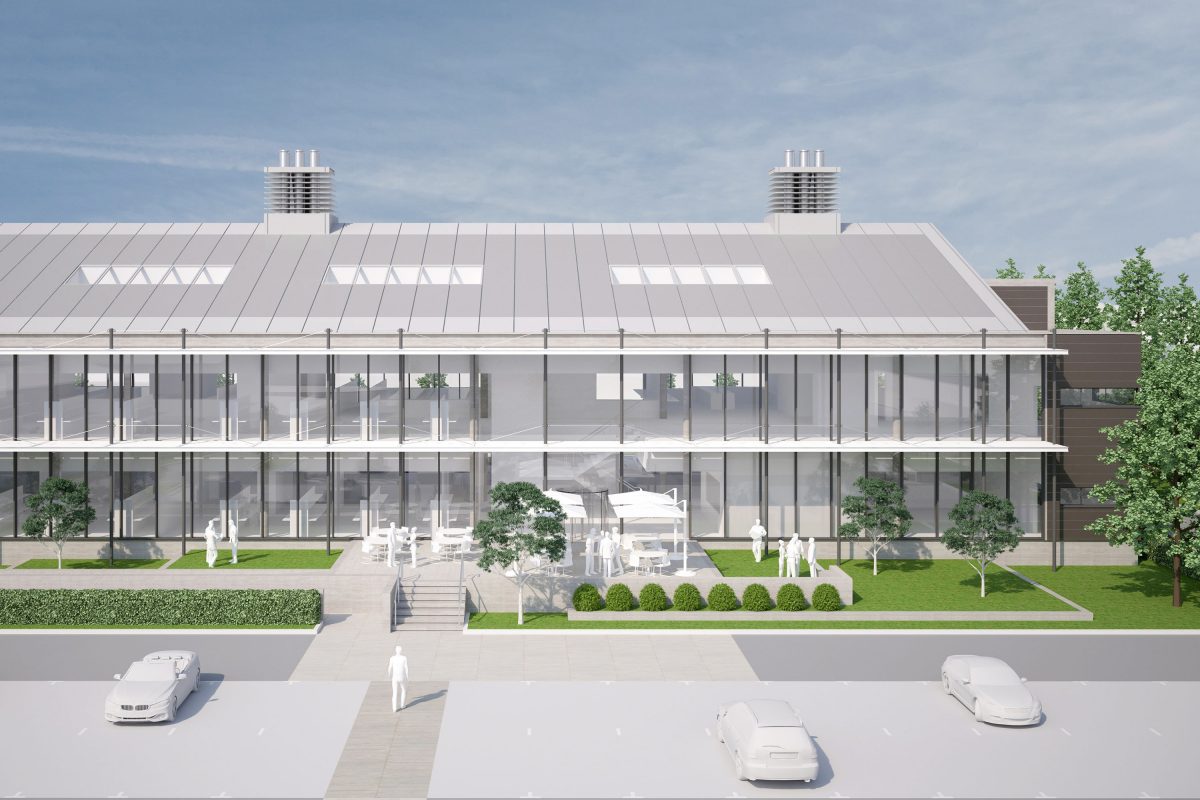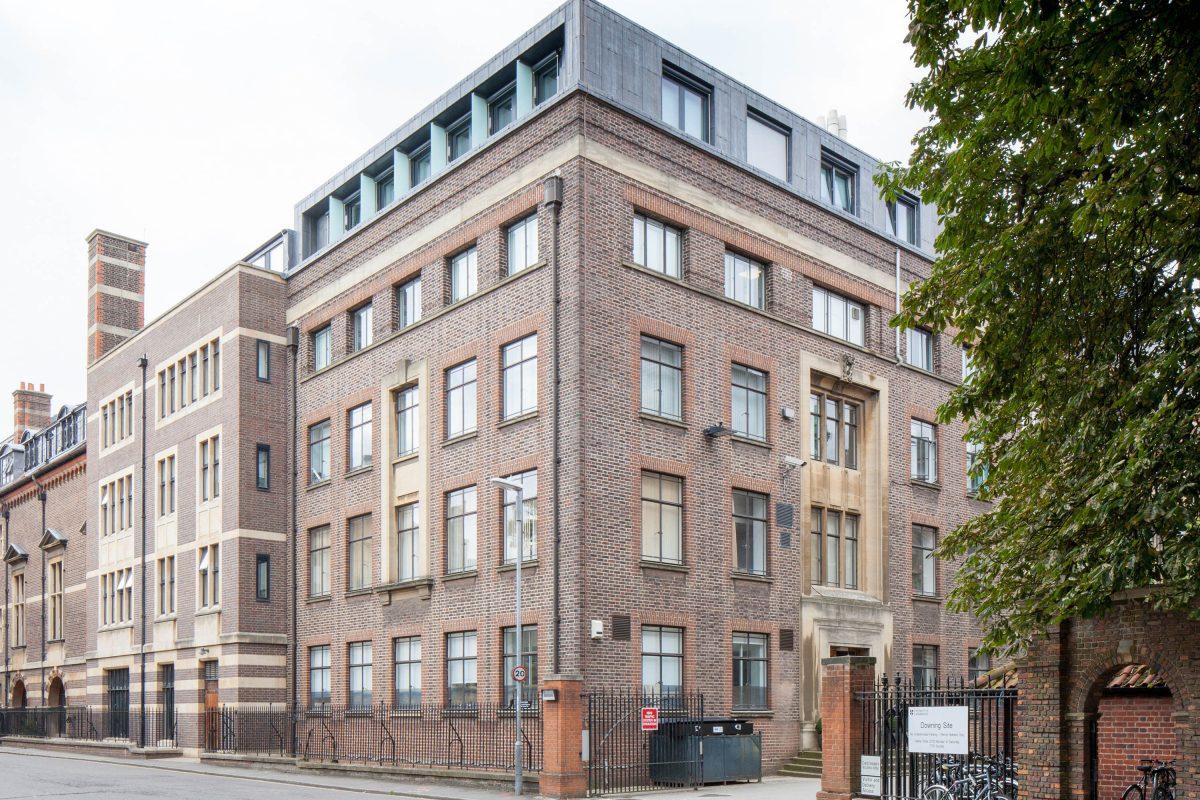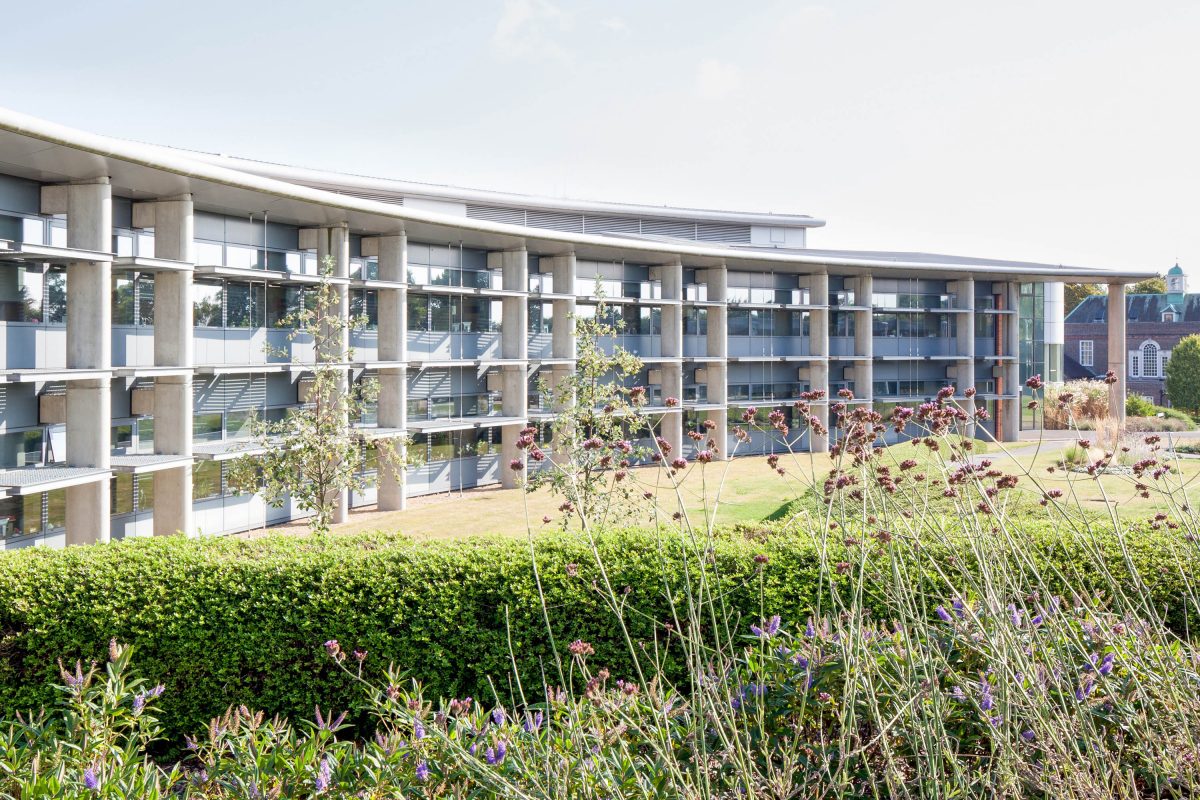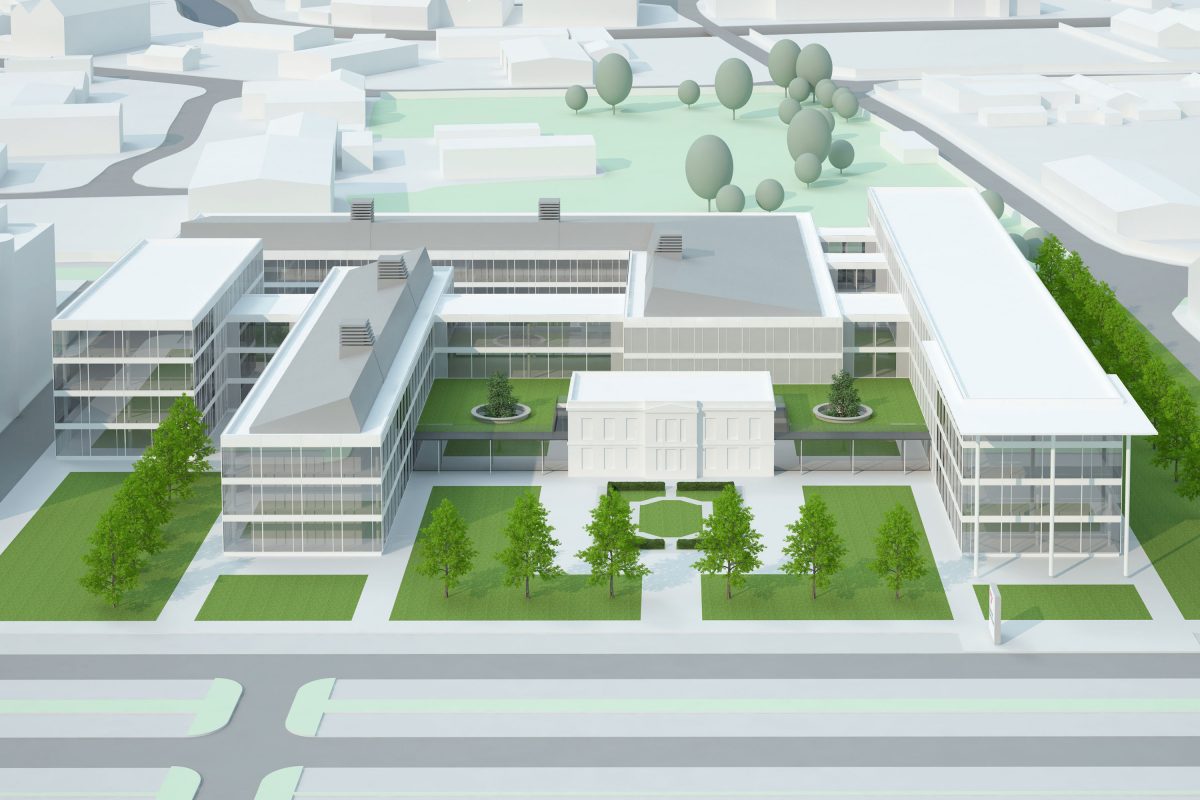Cambridge, UK
Cambridge Crystallographic Data Centre
The Cambridge Crystallographic Date Centre was established at the University of Cambridge in the 1960s, growing from the crystallography team led by Dr Olga Kennard OBE FRS. The group developed a database of chemical and crystal structures for small molecules, studied by X-ray and neutron diffraction, which was one of the first numerical scientific databases in the world.
In 1987 the Cambridge Crystallographic Data Centre became an independent company and a few years later commissioned a new building which has been their home ever since. Designed by the Danish architect Eric Sørensen, the new building was the result of a close collaboration with Dr Kennard the then scientific director and had a generous budget.
As the building approached its 30th year, the institute carried out a wide-ranging review of its environmental performance with an aspiration of becoming zero-carbon in use. Following a detailed analysis of the building’s environmental performance by KJ Tait Engineers, a strategy was developed that mapped out the short, medium, and long term goals required to ensure the building will provide a sustainable home for the Cambridge Crystallographic Data Centre for many decades to come.
This first phase of work focused on the performance of the building envelope, replacing the existing windows which offered low thermal performance and very poor airtightness. The new window system, carefully selected to ensure that it is a good visual match with the original windows, has slim thermally broken frames and triple glazed units providing excellent thermal and acoustic performance.
The removal of the existing steel and bronze windows and installation of the new windows required great care to ensure the original Granite window linings were not damaged. Bespoke bronze rails were installed internally to allow the new windows to open in the same way as the original windows but ensure compliance with current Building Regulation requirements.
Other works included brick and stonework repairs and cleaning, refurbishment of the original quartz crystal wall alongside the main entrance, the installation of a new lightning protection system, and other general improvements to the service courtyard at the eastern end of the building.
Looking to the future, upgrades to the Building Management System will now allow a more detailed assessment of the building’s environmental performance and help inform the next steps that will be taken by the Cambridge Crystallographic Data Centre to further reduce its carbon footprint.

